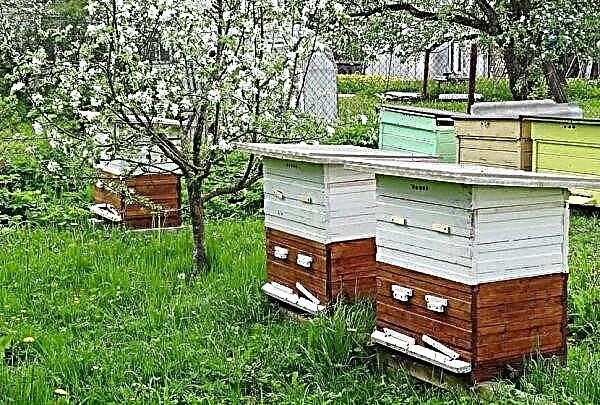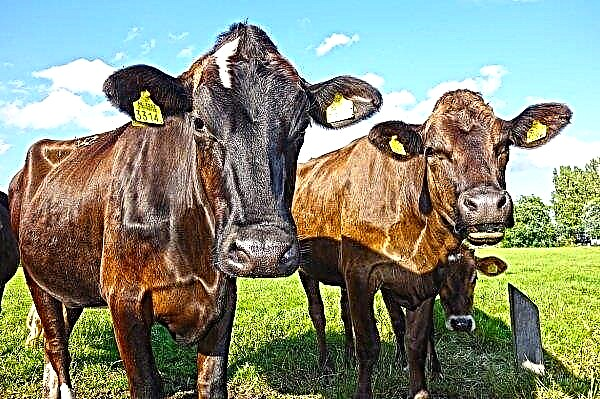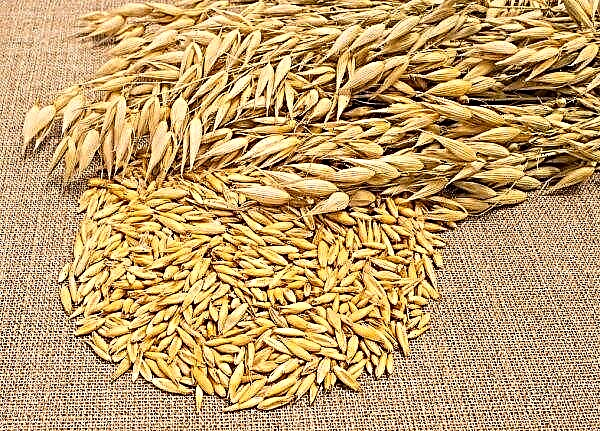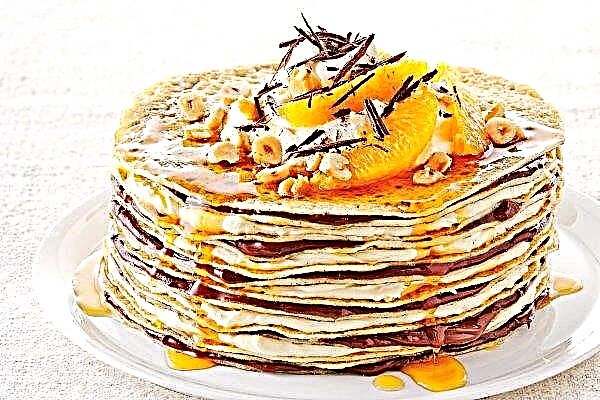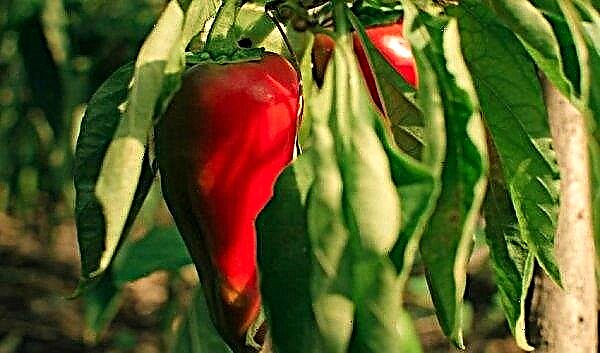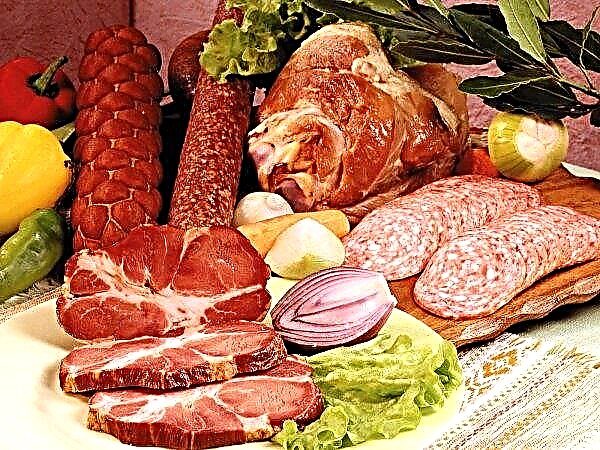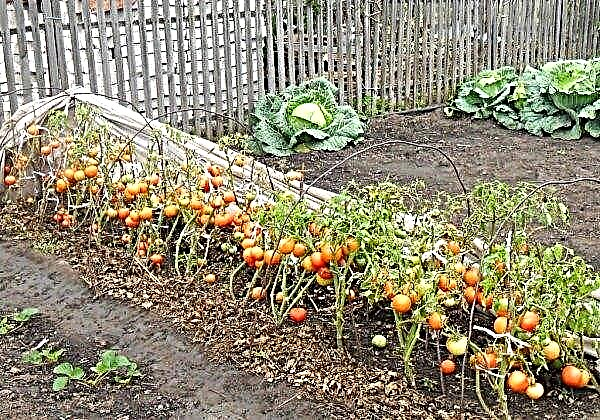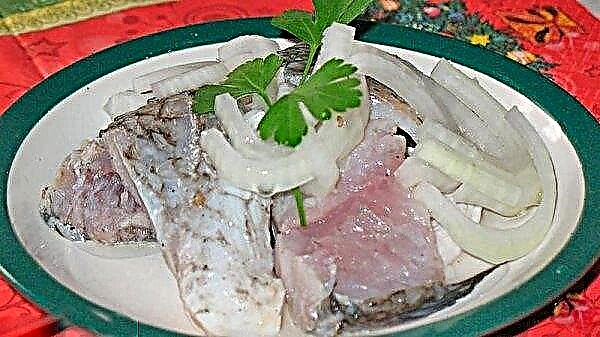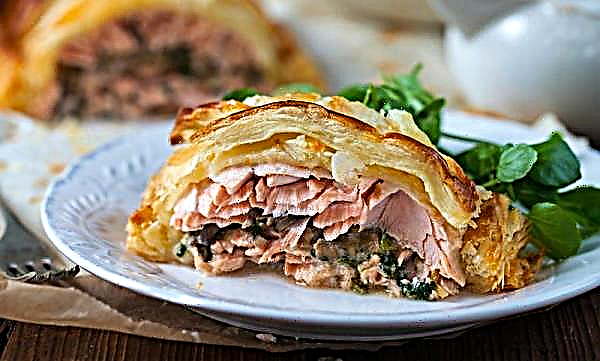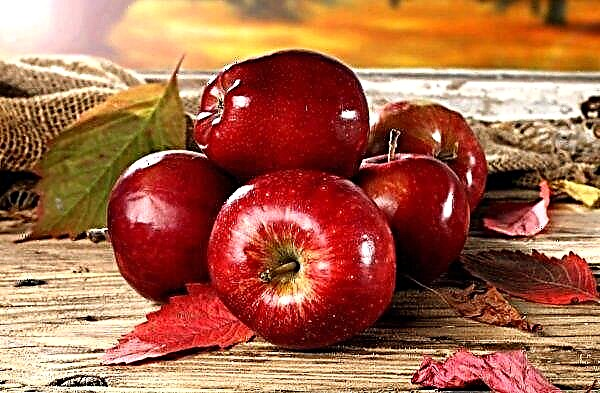Given the significant stock of cruciferous fleas found in 2018 in crops of winter rape in Ukraine, this year in the conditions of warm dry autumn, the phytophage can also pose a threat to crops of this crop.
In particular, cruciferous fleas threaten unprotected seedlings of rapeseed in Kiev, Lugansk, Sumy, Kherson and Kirovograd regions.
An increase in the number of 0.6-0.8 times was also noted in the Poltava and Ivano-Frankivsk regions. The pest is common in all rapeseed growing areas. In Polesie and the Forest-Steppe, black and wavy prevail, and in the south - light-footed fleas.
 Cruciferous flea (Phyllotreta cruciferae)
Cruciferous flea (Phyllotreta cruciferae)
The main damage is caused by beetles that gnaw small holes on cotyledons and leaves. With large damage, these holes can merge, as a result of which the cotyledons and the first leaves dry out, and if the growth point is damaged, the plant dies.
In the case of mass propagation, fleas in two to three days are able to completely destroy the seedlings of rapeseed. Their harm grows in hot, dry weather.
 Leaf Beetle (Chrysomelidae)
Leaf Beetle (Chrysomelidae)
For information, the cruciferous flea (lat. Phyllotreta cruciferae) is one of the types of earthen fleas of the subfamily of gnats (Galerucinae) of the family of leaf beetles (Chrysomelidae). It causes great harm to agricultural plants - it eats cabbage, canola, turnip, radish and other plants of the cruciferous family.

